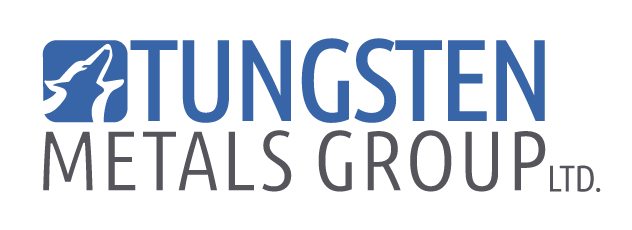Defense Applications of Tungsten Metal
Image courtesy of refractorymetal.org.
Tungsten metal may not come to mind when thinking of defence technology, yet this modest element is a powerhouse in a variety of defence applications, playing a critical part in defining current military technology.
1. Tungsten Metal: A Powerful Defence
Tungsten, known for its remarkable density and high melting point, acts as a buffer against intense temperatures and is most commonly used in armor-piercing missiles in the defence industry. Tungsten is also used in a variety of weapons, including the cores of large-caliber kinetic energy armor-piercing projectiles in traditional weapons, armor-piercing cores for machine gun shells, rod-type kinetic energy armor-piercing projectile cores, tactical missile fragmentation components, warheads for bullets and aircraft shells, shells for shaped energy bombs, submunitions, tungsten alloy projectiles, and small caliber tungsten alloy projectiles. They also help to form the exterior rotor body and counterweight of torpedoes, ships, tanks, and other weaponry.
Surprisingly, the use of tungsten alloy military items dates back to World War I and II, when they were widely deployed in the military arena. Several of these tungsten mining ventures rose to prominence during the war, only to fade with global peace before being reinvigorated in the modern era.
2. Tungsten's Extraordinary Density
While it is not the densest metal, tungsten carbide is heavier than lead and about twice as dense as steel. However, other Metals such as osmium and iridium are denser than tungsten.
3. Tungsten Bullets
Tungsten bullets are becoming more popular in the defence industry as an alternative to lead bullets. Because of tungsten metal's density, bullets can pierce even the most difficult targets, making it a formidable choice for military operations.
Improved Armor-Piercing Ability
The extraordinary hardness of tungsten improves armour-piercing capabilities, ensuring accurate and effective elimination of hostile defences. Its high Mohs mineral hardness grade, which is comparable to diamonds contributes to its resilience in extreme environments.Recoil Reduction
Tungsten bullets' heavy weight reduces recoil, increasing the handling and accuracy of projectile weapons.
4. Adaptability of Tungsten Metal Alloys
Tungsten metal is frequently combined with additional ingredients to produce strong metal alloys with a wide range of defence applications, including missiles, jet turbines and armour plating.
Jet Aviation Components
Tungsten alloys are utilised in jet engines to make components that can survive extreme temperatures and stress, hence contributing to the efficient operation of military aircraft.Missile Guidance
Tungsten metal alloys, which are favoured for their durability, are critical in missile guidance systems, enabling exact travel paths.
5. The Cost of Tungsten in Defence
Tungsten's amazing characteristics come at a cost, necessitating a difficult balance between defence needs and economic restraints. Governments and defence agencies must use their financial resources prudently, while ongoing research investigates affordable alternatives without sacrificing performance.
6. Tungsten as a Defence Material
Tungsten metal has shown to be a robust and crucial component in defence applications ranging from armor-piercing bullets to radiation shielding. While there are hurdles, tungsten's future in defence appears optimistic, with the metal firmly established as a critical mineral depended on by defence systems around the world.


